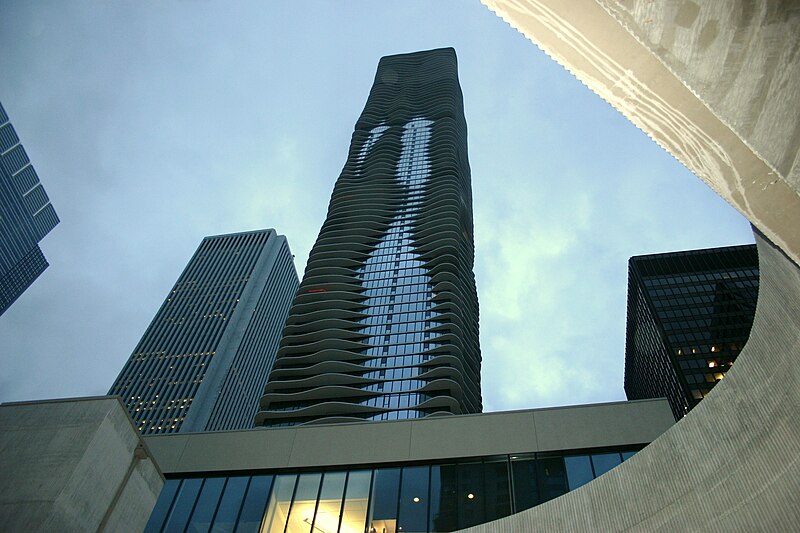Date Published: May 29, 2015
One of the neat things about working in this industry is seeing trends rise and fall, or rise and become such a permanent part of the landscape that you can’t really remember a time before they were there. In talking to our clients, we’ve noticed, as any other observer would, the increasing importance of green construction techniques and sustainable building standards. At first, it was just a trend, something happening on the fringes. However, it has become more and more mainstream, and now we’re at the point where a building or renovation job without green standards of some form can be considered somewhat odd.
Obviously what is economically smart and helpful for the environment is great, but there is an extra twist when it comes to the world of surety. Everyone wants a finished product that is eco-friendly. The problem arises when differing definitions of “green” impact the performance bond. If a client believes that their finished product or the methods used to build it are insufficiently green, do they have the right to collect from the performance bond? That’s a question that is impacting the surety and the contracting industry, and one that contractors and small business owners need to consider.

The Aqua Skyscraper in Chicago is a great example of the kind of sustainable building that is becoming more important in performance bonds.
Image Source: Wikimedia Commons
Sustainable Building Techniques and Leading to LEED
To start with, one needs to understand LEED. The Leadership in Energy and Environmental Design is a government-run certification process recognizing structures that meet sustainable building standards, particularly if they demonstrate innovative techniques, and best-in-class building strategies and practices. Basically, it is a way for a building to get a stamp of approval, which is increasingly important. Investors and tenants appreciate the savings and efficiency that come with mindful building materials and methods.
This extends not only to the finished product — with smart lighting and HVAC system, green roofs, etc., designed by the architect — but also to the construction or renovation process. Using LEED-certified building processes and eco-friendly techniques can mean a lot of different things. Here’s just a short list of what a contractor might have to keep in mind:
- Using the appropriate materials, which includes conducting doing a “life-cycle cost analysis” and determining the expected lifespan and replacement costs. It isn’t just about installing the right systems: it is about using the proper materials to install them.
- Sourcing of material and equipment: you can have the longest-lasting materials, but if they are shipped from around the world, then they are leaving an enormous carbon footprint.
- Correct installation: if a window isn’t installed properly, it doesn’t matter the design — the building won’t pass standards.
Surety Bonds and Green Buildings
The above-mentioned examples are really just a drop in the bucket. There are issues here that contractors need to be aware of, because when it comes to performance bonds, one must be very prudent. Many projects and jurisdictions are now asking for “green performance bonds.” This means that if the building doesn’t meet certain standards, the contractor forfeits the bond, which costs money and damages business. The problem lies in that these green standards encompass a lot and are prone to differing interpretations. Let’s break it down:
A LEED Building
A project can fail to be LEED-certified for a couple of different reasons. In one scenario, the contractor can fail to do their job and the building won’t be up to snuff. On the other hand, the architect and design team can fail to design the building in a sufficiently sustainable manner, and no matter what the contractor does the building won’t be LEED-certified. In both cases, however, if the surety bond demands LEED, the contractor is on the hook.
Non-LEED Projects
It doesn’t stop there, either. As you see from the above examples, there can be different standards that don’t come up. For example, your client may a certain kind of cabinet that has to shipped from Belize, but then they can claim you made large a carbon footprint. It sounds absurd, but things like this happen, and can, at best, tie a contractor up in court and damage their reputation.
This is why the contract into which you enter, which your performance bond guarantees, has to be spelled out to the letter. It can’t have room for any ambiguity or you could find yourself facing a difficult situation. Make sure that sustainable building techniques are defined so that you don’t find yourself in breach of an interpretation. And make sure you partner with a surety company that understands the work you do and how to protect you.
Very few people would argue that sustainable building practices are bad. They save money overall and help the environment. Knowing how to use them is a valuable skill. When entering into a surety, however, make sure you protect yourself by understanding expectations going in. Being prepared and protected is a trend that’ll never die.
Getting the contract requires the backing of a strong Surety company with a reputation you can depend on. Contact Surety1 today for a quick and fair bonding process that’ll get you to work.


Surety1 was founded in 2003 and helps thousands of clients find the best prices on their surety bonds. We take pride in our work so that we can give you great service. Learn more about Surety1.

